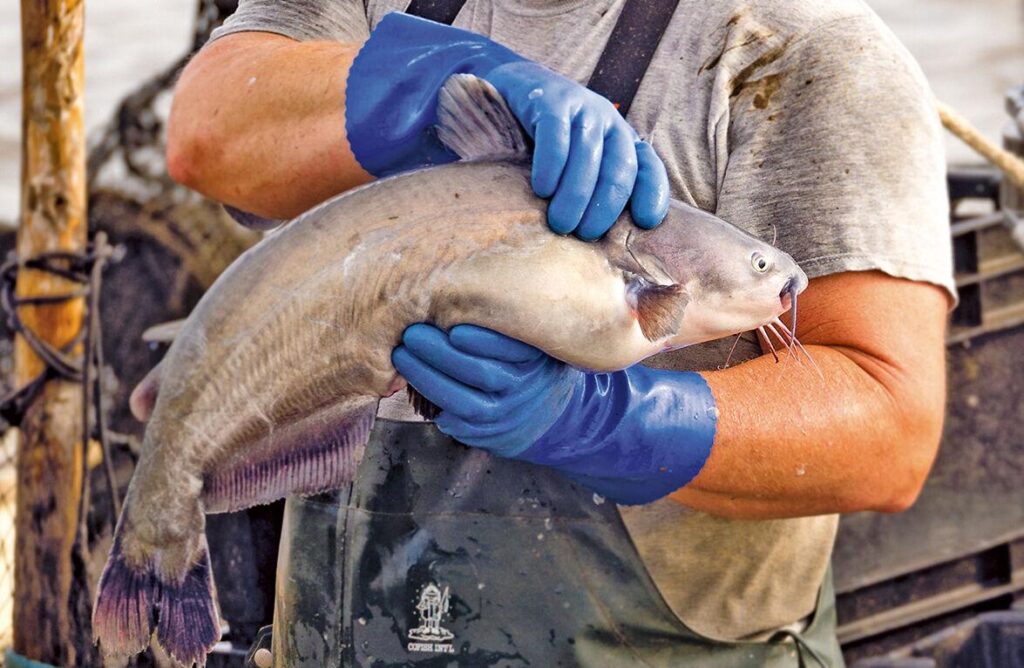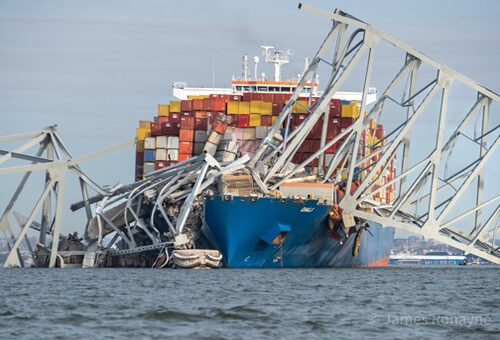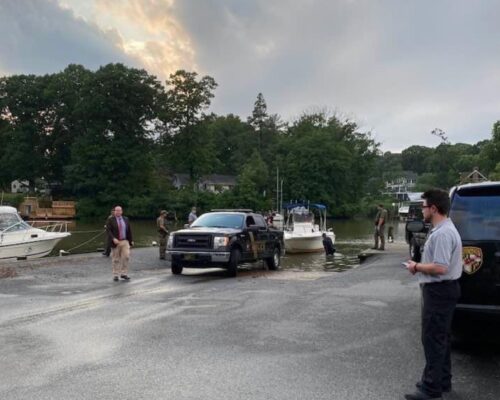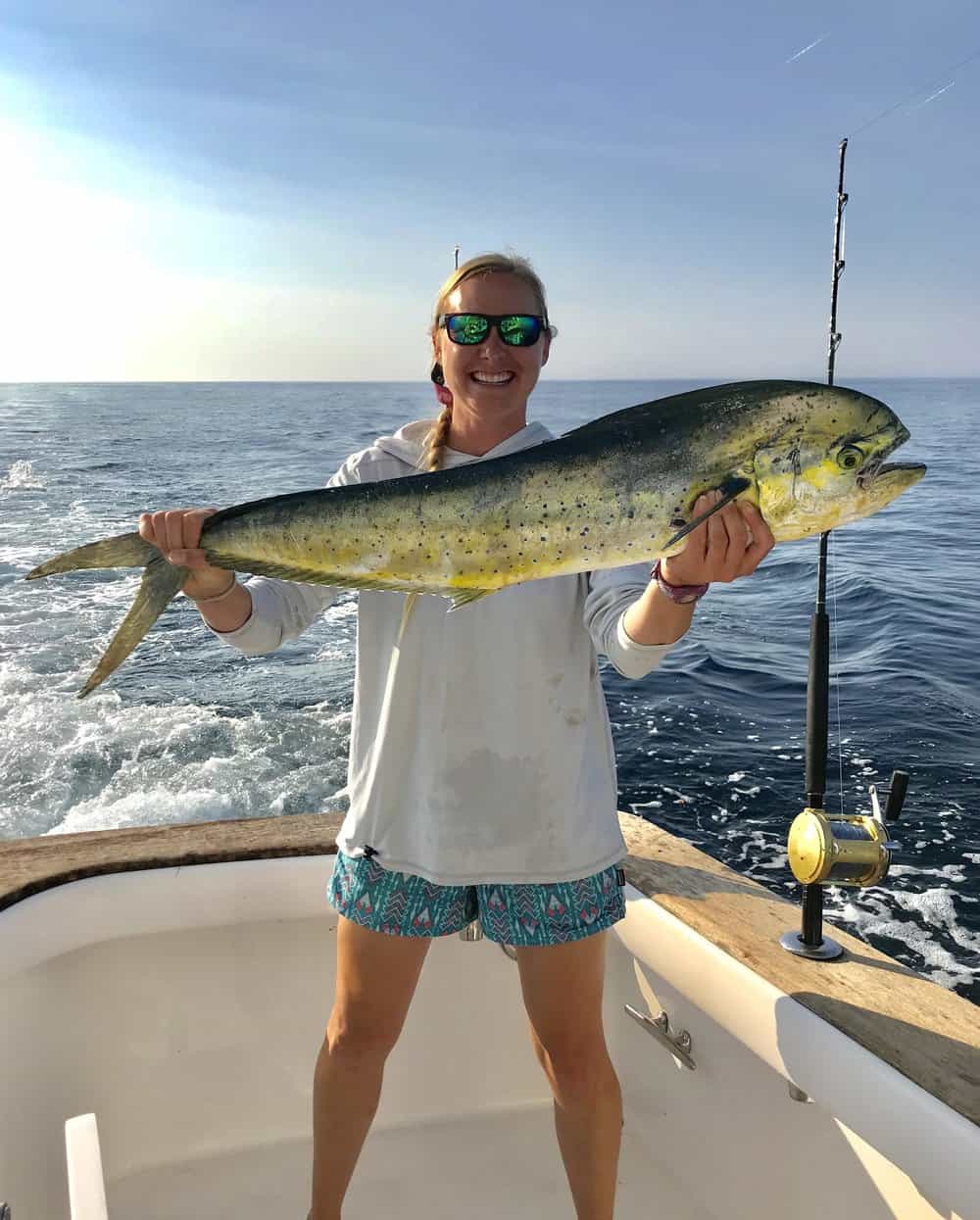Blue catfish and other nonnative species may be gobbling up blue crabs and wreaking havoc on other Chesapeake Bay fisheries, but that doesn’t qualify for federal disaster assistance.
The National Oceanic and Atmospheric Administration’s Fisheries Service has rejected Maryland Gov. Wes Moore’s petition asking the agency to declare a federal fishery disaster because of the “explosion” of blue catfish, flathead catfish and northern snakeheads in the Bay.
In the petition submitted in March, Moore said scientists have been seeing “disturbing trends” of declines in crabs, striped bass and five other commercial fish since 2012, when blue catfish began to move into Maryland.
A disaster declaration could have led to an influx of federal funds to soften the income losses of watermen and help them transition from traditional fisheries to ones focused on non-native species. Maryland and Virginia both received millions of dollars to help watermen when the federal government declared a fishery disaster in 2008 amid a sharp decline in the Bay’s crab stock.
But after evaluating the state’s data, NOAA officials decided the depredations did not meet the legal requirements to be declared a fishery disaster. In a Dec. 12 letter notifying Moore, U.S. Commerce Secretary Gina Raimondi wrote that the catch declines were neither sudden nor large enough to qualify under a recent amendment to the Magnuson-Stevens Act dealing with fisheries disasters. NOAA is part of the Commerce Department.
The influx of blue catfish began more than a decade ago, Raimondi noted, while the law specifies that only impacts experienced in the previous five years merit disaster declarations. Moreover, she said, the state’s tally of a 24% loss in fishery revenues during that five-year period does not meet the 35% revenue loss threshold set in law.
Native to the Mississippi River and Texas Gulf Coast, blue catfish were introduced into a few Virginia rivers in the 1970s to give recreational anglers a big new fish to catch. Originally thought to be restricted to freshwater, over time they spread throughout the Bay. They feed on everything from underwater grasses to small striped bass and can weigh more than 100 pounds. A recent Salisbury University study examining blue catfish caught in the Nanticoke River found they preyed heavily on river herring, crabs, white perch and menhaden.
While not granting the state’s request, Raimondi wrote that NOAA Fisheries officials recognize there are “many dynamic shifts occurring in the Chesapeake Bay marine ecosystem, including invasive species, and these shifts present significant challenges to Maryland’s fishing communities.” She said NOAA would be open to discussing the issue further with the state.
Maryland officials acknowledged from the outset that their petition differed from the cases typically recognized as federal fishery disasters. Josh Kurtz, Maryland’s secretary of the Department of Natural Resources, said state officials were disappointed by the rejection but also understand it, given the limits spelled out in federal law.
“We will continue to work with our federal partners to determine what form of federal assistance can help us mitigate the continued and pervasive spread of blue catfish and other invasive species impacting commercial fisheries in the Bay,” Kurtz said. He noted, however, that the state is taking steps on its own to deal with blue catfish and other invasive fish.
In November, DNR hired a program manager to coordinate efforts to reduce invasive fish populations. The agency has increased its research and monitoring, while the Maryland Department of Agriculture is expanding marketing efforts to promote blue catfish to consumers, seafood distributors, restaurants and grocery stores. As one way of boosting demand, MDA has provided more than $1 million for local food banks to buy blue catfish fillets.
This story first appeared at bayjournal.com on Jan. 5, 2024.




